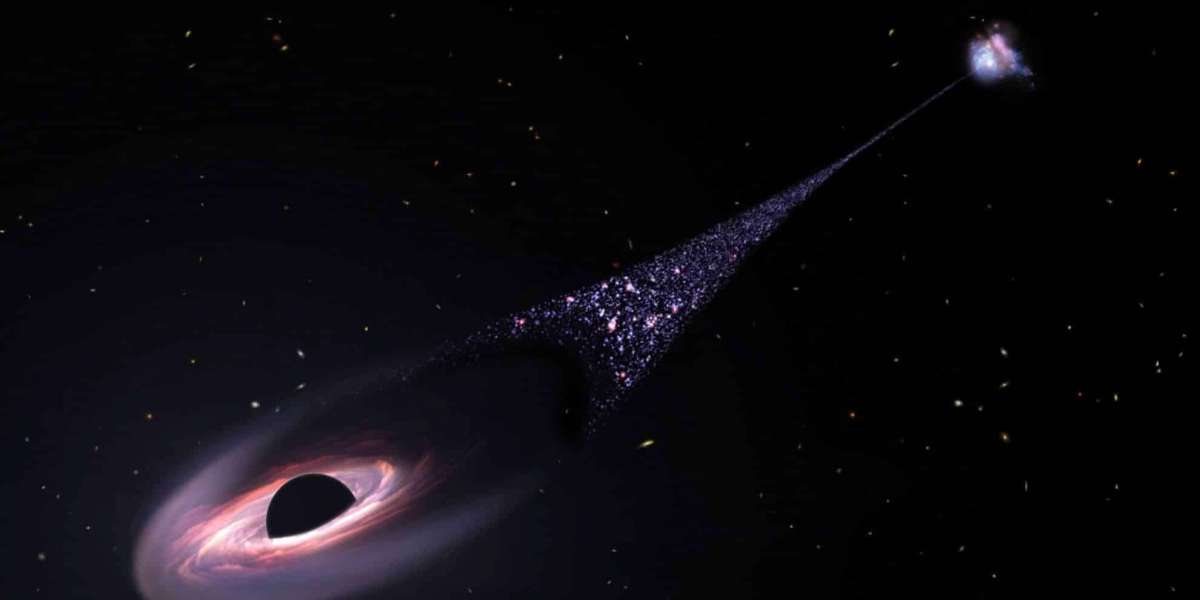Introduction
Astronomers have uncovered evidence of a supermassive black hole within the Large Magellanic Cloud (LMC), the Milky Way’s largest satellite galaxy. New research suggests that this black hole, estimated to be 600,000 times the mass of the Sun, is slowly making its way toward our galaxy. In about two billion years, it is expected to merge with Sagittarius A*, the supermassive black hole at the center of the Milky Way.
How Was This Black Hole Discovered?
Unlike traditional black hole detections that rely on observing X-ray emissions from matter falling into a black hole, this one was identified through a different method—tracking hypervelocity stars. These are stars traveling at exceptionally high speeds, often due to gravitational interactions with black holes.
Researchers analyzed data from the Gaia space telescope, a mission dedicated to mapping the positions and motions of over a billion stars. They traced the origins of 21 hypervelocity stars within the Milky Way’s outer halo. Surprisingly, they found that nine of these stars appeared to originate from the Large Magellanic Cloud.
The explanation? These stars were likely ejected by a gravitational slingshot mechanism known as the Hills mechanism. This occurs when a binary star system ventures too close to a supermassive black hole. One star gets captured, while the other is flung away at extreme speeds. The presence of these ejected stars strongly suggests that a massive black hole is hiding in the LMC.
A Future Collision with the Milky Way
The Large Magellanic Cloud, currently located about 160,000 light-years away, is in orbit around the Milky Way. However, due to the influence of dark matter and gravitational forces, the LMC is slowly spiraling inward. In approximately two billion years, it will collide with our galaxy, setting off a dramatic cosmic event.
As this collision unfolds, the supermassive black hole within the LMC will migrate toward the center of the Milky Way. Over time, it will eventually merge with Sagittarius A*, forming an even larger black hole at the core of our galaxy.
This process of galactic mergers and black hole growth is a key part of the cosmic evolution of large galaxies. Astronomers believe that supermassive black holes increase in size through mergers with smaller black holes over billions of years.
What Does This Mean for Earth?
While a galactic collision may sound catastrophic, it will not pose a direct threat to Earth. The vast distances between stars mean that individual star systems, including our Solar System, are unlikely to experience any direct impacts. However, such collisions can trigger bursts of star formation and change the structure of the Milky Way over millions of years.
Scientists are excited to study these processes further, as they provide valuable insights into how galaxies and supermassive black holes evolve over time.
 " class="wow_main_float_head_img">
" class="wow_main_float_head_img">







